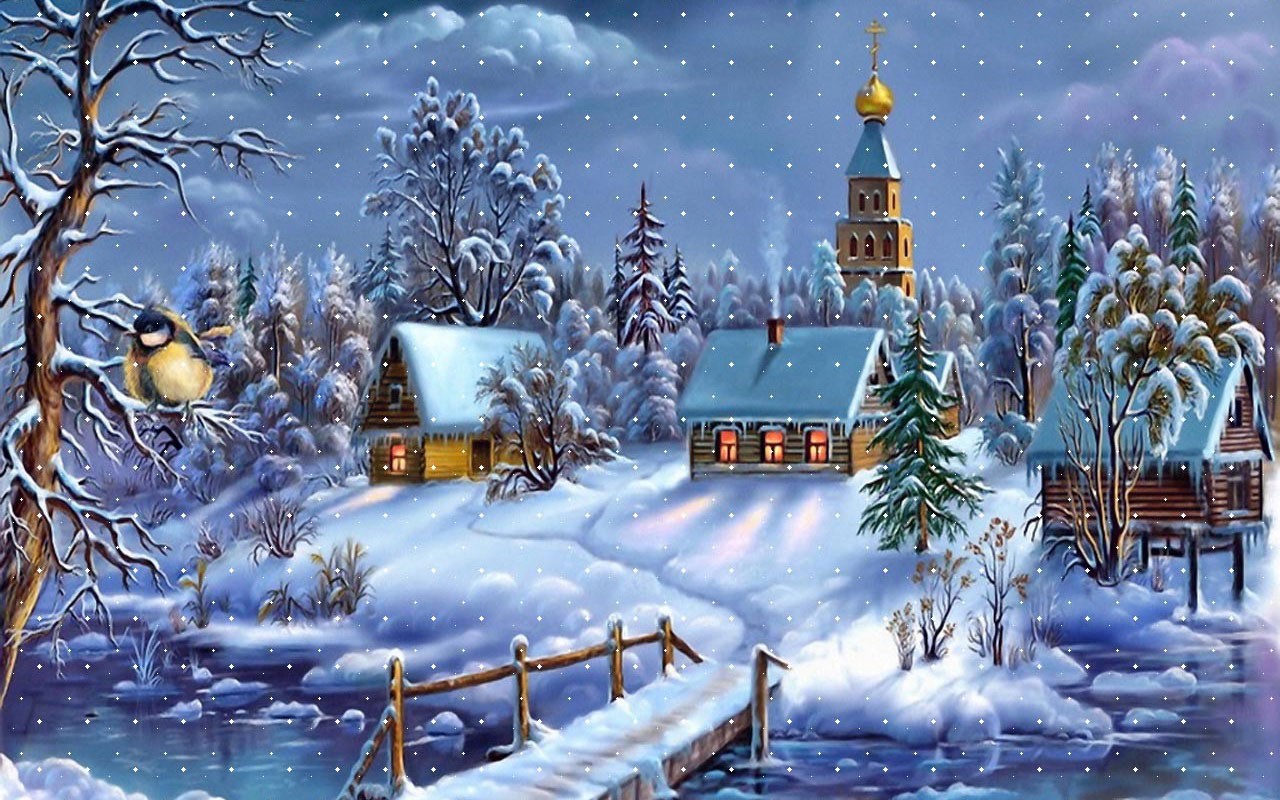History of Christmas Villages
 As far as Christmas goes, the city of Palm Springs, California is far removed from being a Christmas village. But for Dennis Lloyd his annual return for winter time in Palm Springs signals the beginning of Christmas. He just can’t wait to get there right after Halloween each year.
As far as Christmas goes, the city of Palm Springs, California is far removed from being a Christmas village. But for Dennis Lloyd his annual return for winter time in Palm Springs signals the beginning of Christmas. He just can’t wait to get there right after Halloween each year.
In a large bedroom in the Lloyd home Dennis has painstakingly constructed a shimmering Christmas village made of porcelain buildings, molded Styrofoam mountains, and thousands of miniature details, from trees to light poles to roadways, some handcrafted by Dennis himself.
Dennis is 88 years old this Christmas and he sees no end to his Christmas hobby. The village, he tells me, grows a little bit each year. And the heart of the display is his own Lionel train, given to him when he was a kid in the 1930s.
His great grandchildren and great-great grandchildren make the trek from all over the country each year to witness Gramp’s Christmas – a display that doesn’t get the attention that many do from the media. Dennis says it is his own little family secret – a time honored tradition that he credits coming from long gone Pennsylvania Dutch relatives who brought it with them from the old country.
Christmas Village displays are common in most American communities and in many places public showcases are made of large local displays. Intricate details sprinkled with motion, lights, music, little cars, trolleys and skiers – even flying Santa’s – are common in modern America.
Many assume that the hobby of Christmas villages dates back to the Victorian era, where like Christmas trees they were put up in American homes to remind immigrant families of holiday traditions back in the old country. And while that fact might be recorded in family histories it is important to note that Christmas scenes have been constructed and re-constructed over the centuries and the oldest date back to almost 1300.
The practice began as many Christmas traditions do – as a way to draw attention to the religious significance of Christmas. The first displays were of Nativities – a hands-on teaching tool for youngsters who could not read the Christmas story straight from the Bible. Some displays had nothing to do with Christmas at all. This practice began as a means of telling the story of Noah’s ark and it morphed into yet another way of celebrating Christmas.
The American love affair with Christmas villages began in the late 19th century as FW Woolworth stocked his stores with paper buildings and village collectibles first made in Germany. As World War I approached and German manufacture of such items were lost in wartime, Woolworth turned to Japan, which brought a whole new variety to Christmas villages.
Setting up the “putz” – a word associated with Christmas villages of the early 20th century which has its origins in a German word that means “to decorate” – many would “putz around” the Christmas tree, setting up villages and decorating them with lights and electrical motion as it became common for the same on American Christmas trees.
Dennis tells me that setting up the tree and the Christmas village and train when he was a kid was a bigger part of Christmas than getting presents. Many waited until the week of Christmas or even Christmas Eve to take part in the cherished tradition.
Christmas villages have become an entire sub-culture in the modern world of Christmas decorating. Collectible village houses are limited in production and become more valuable every year.



